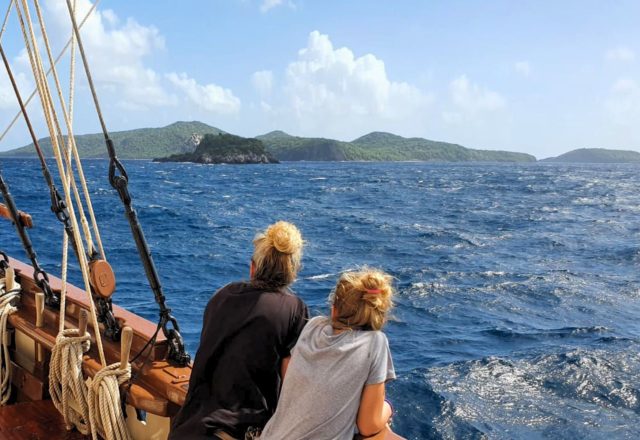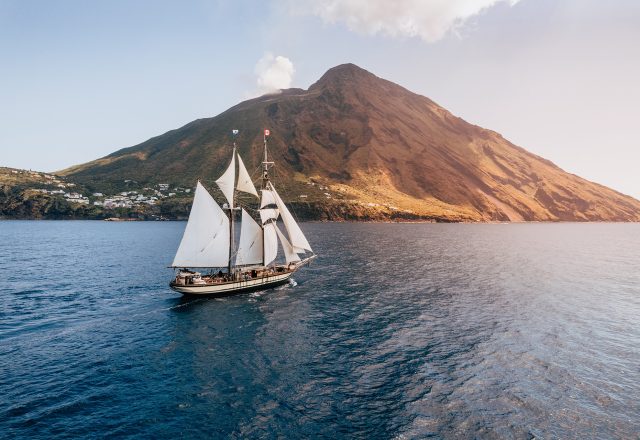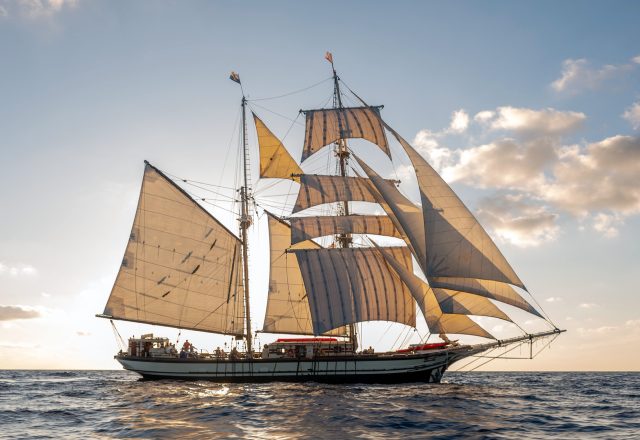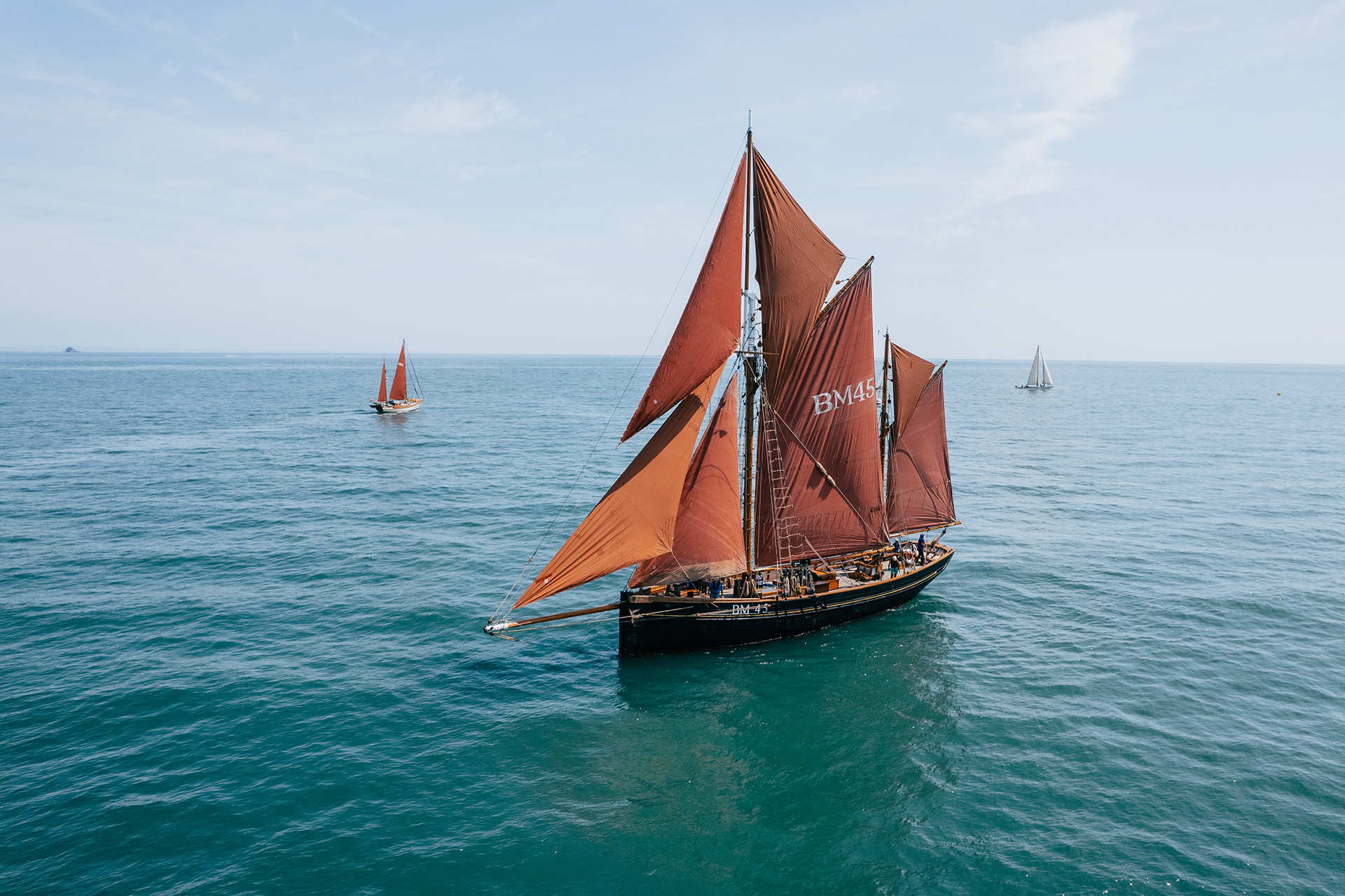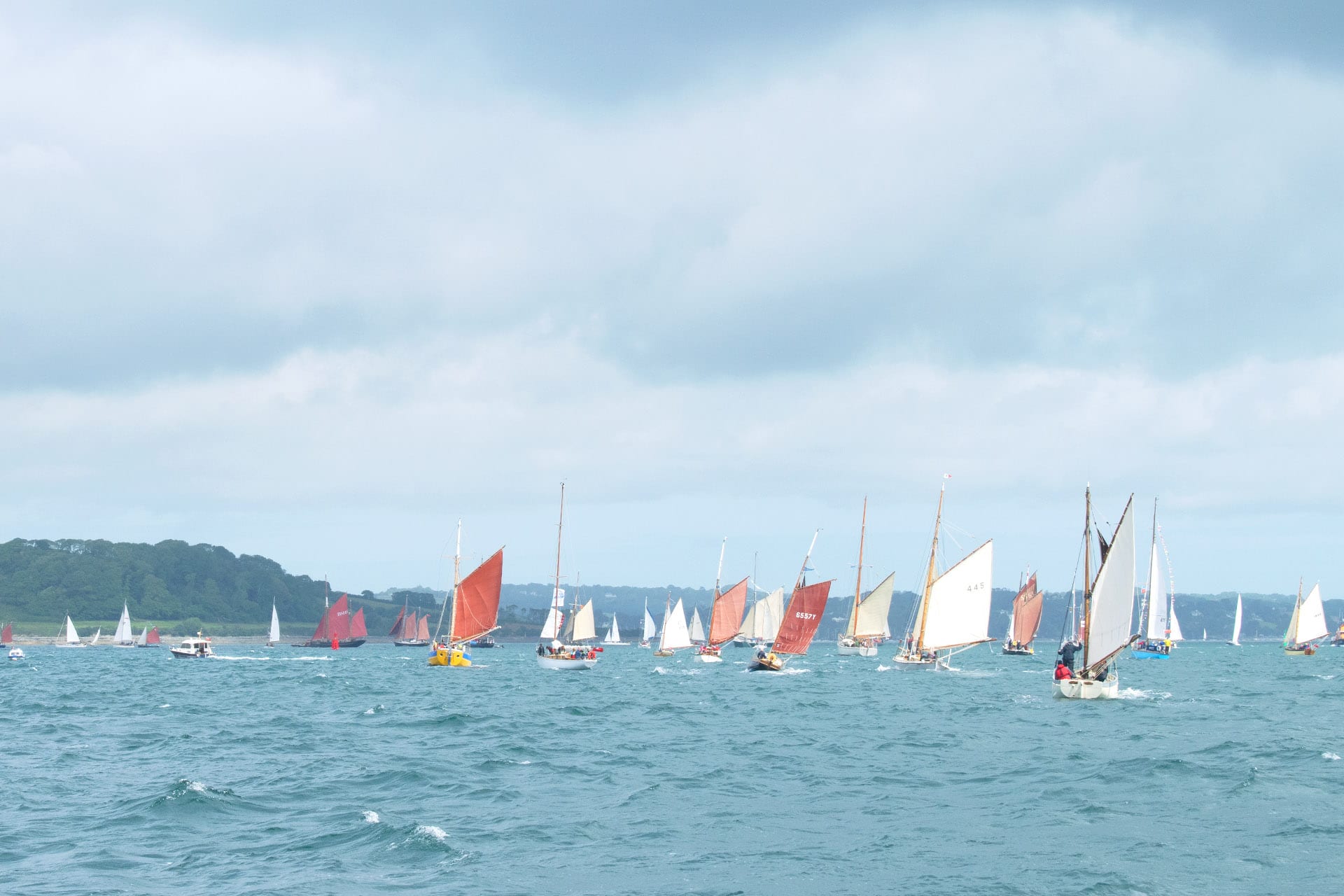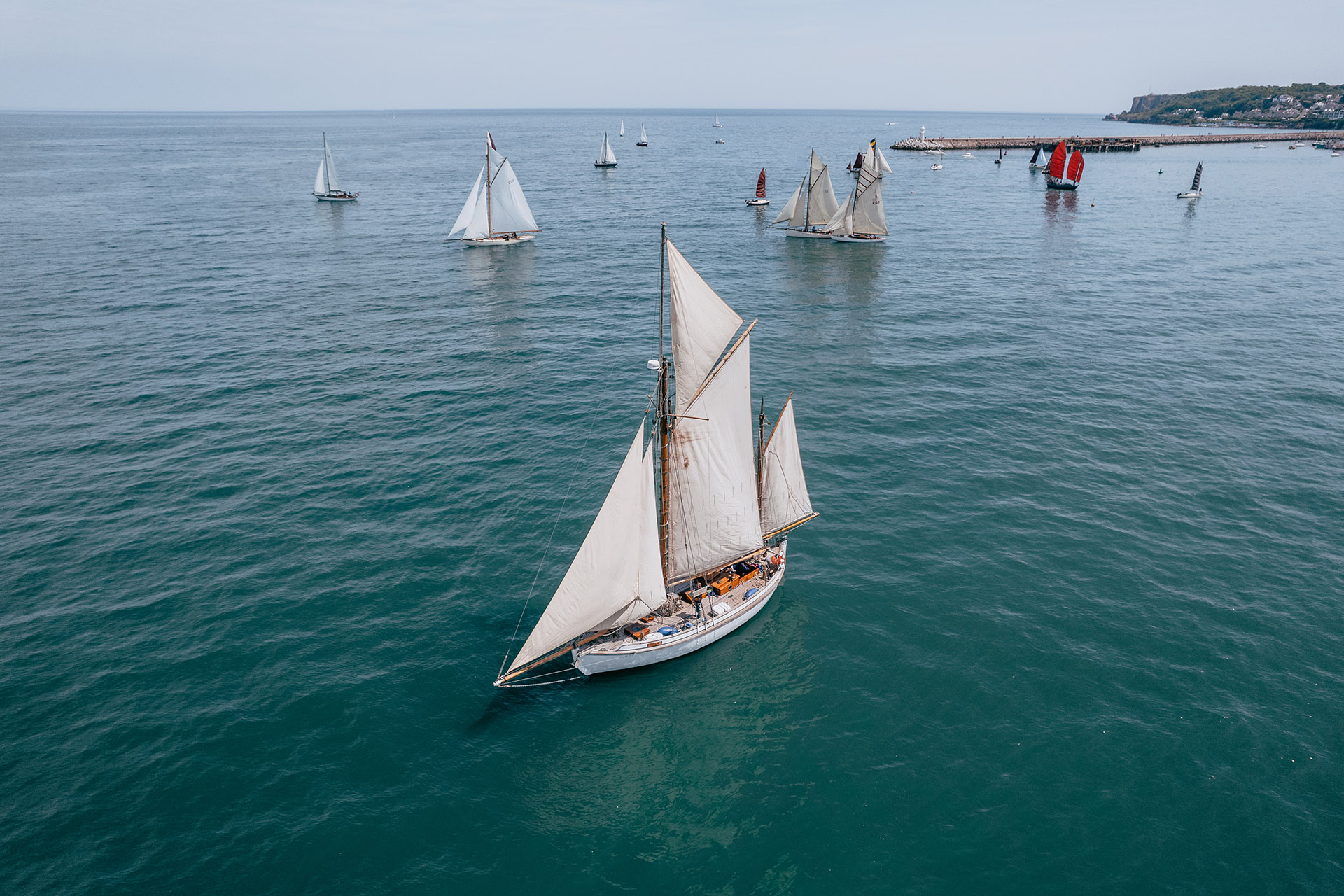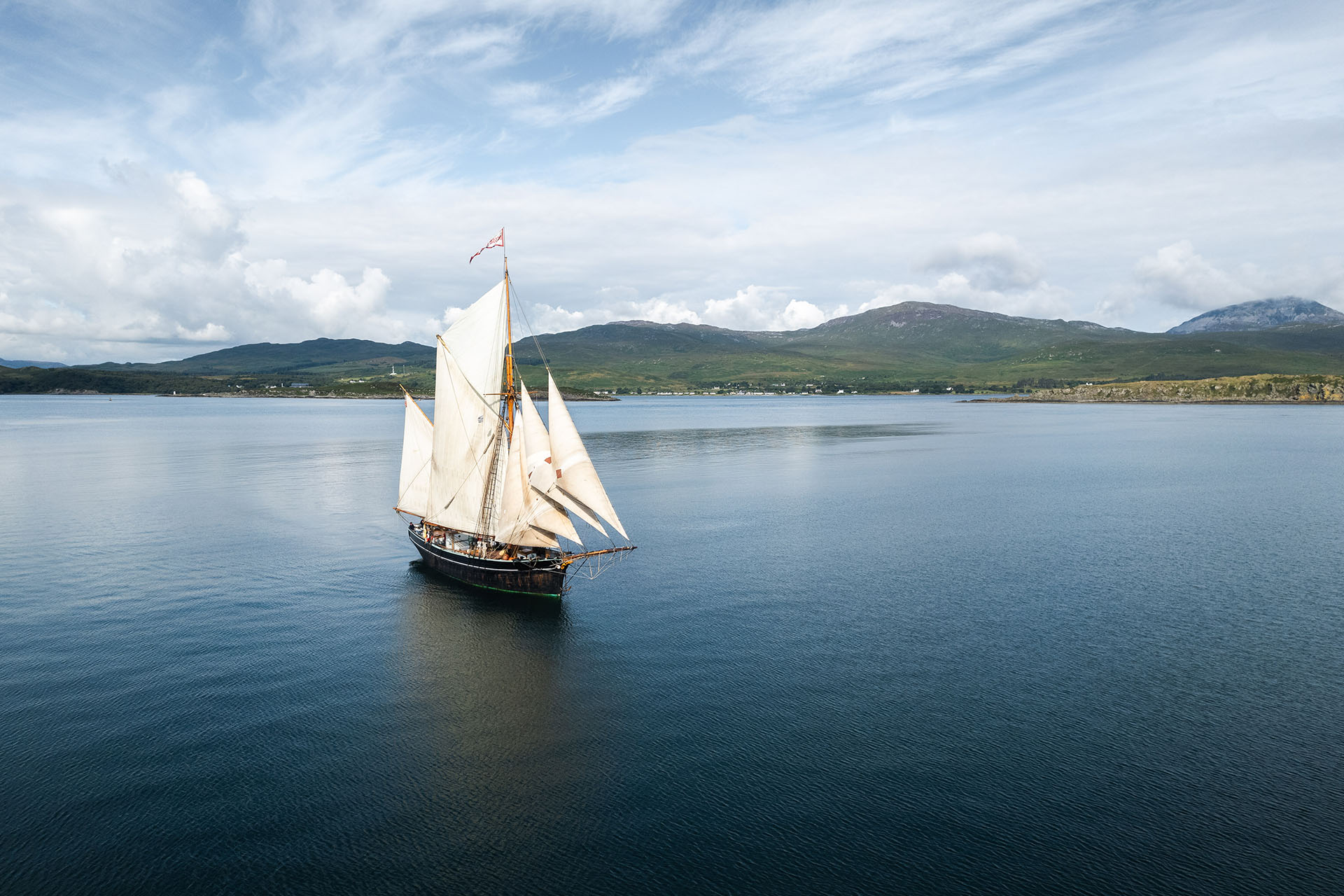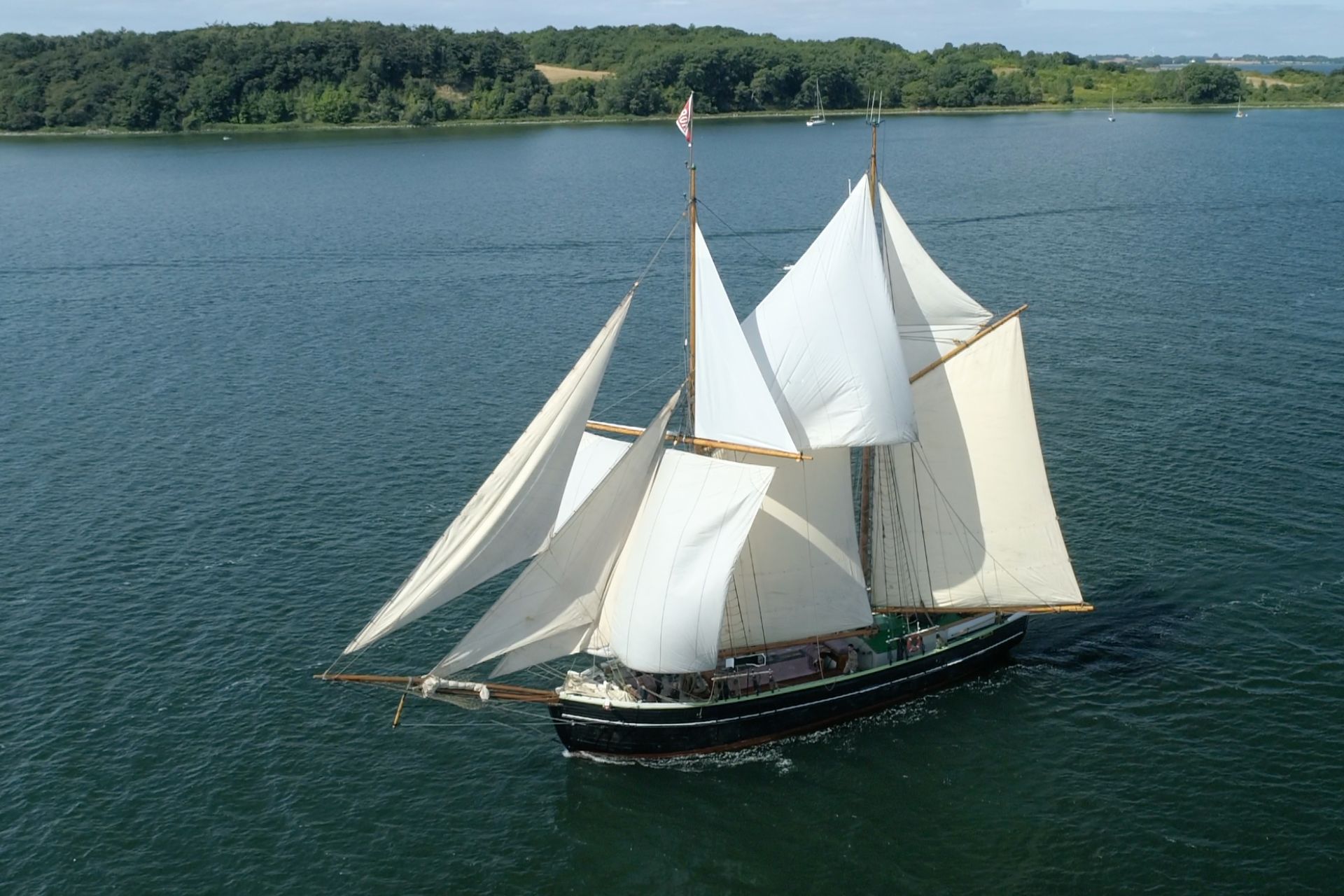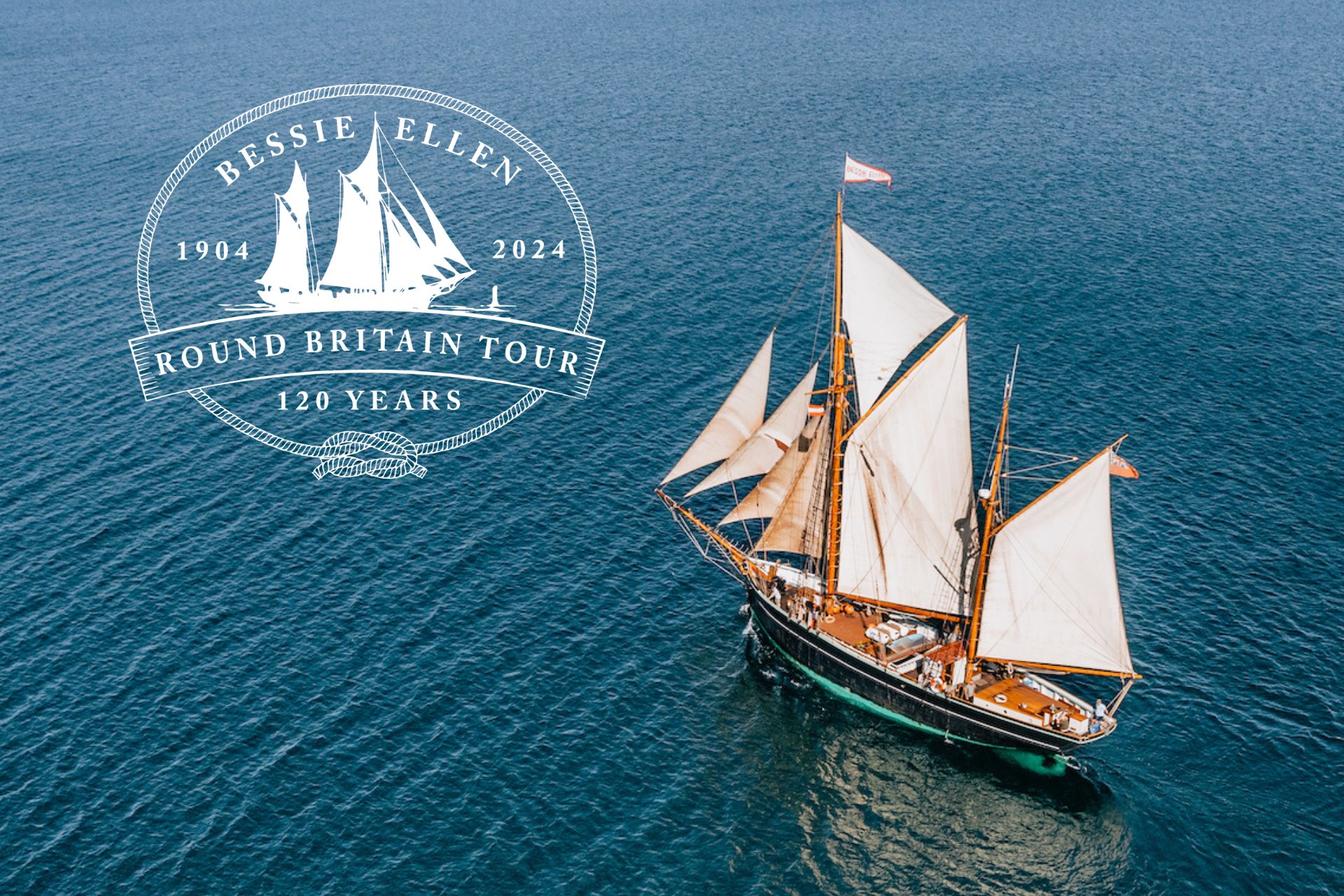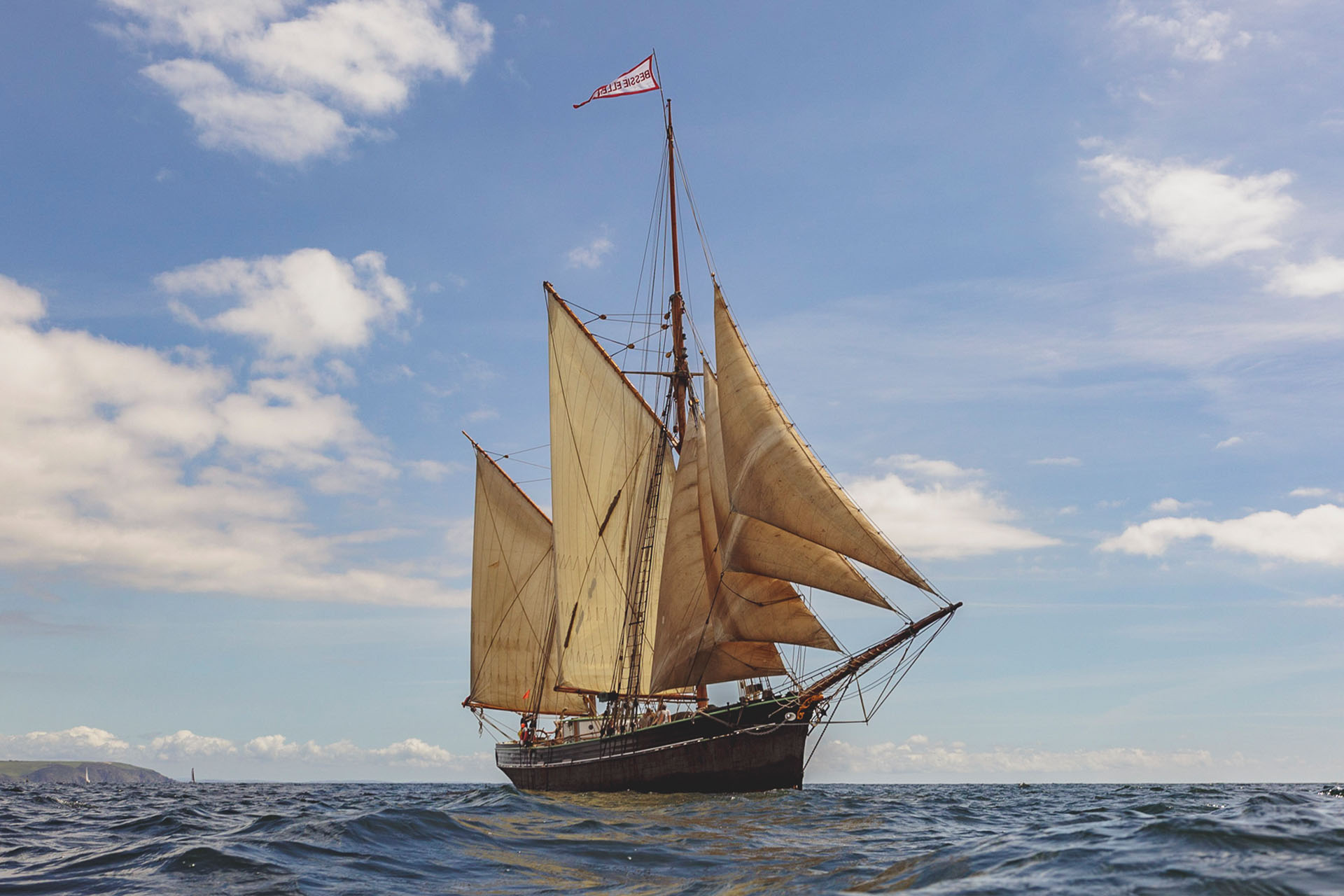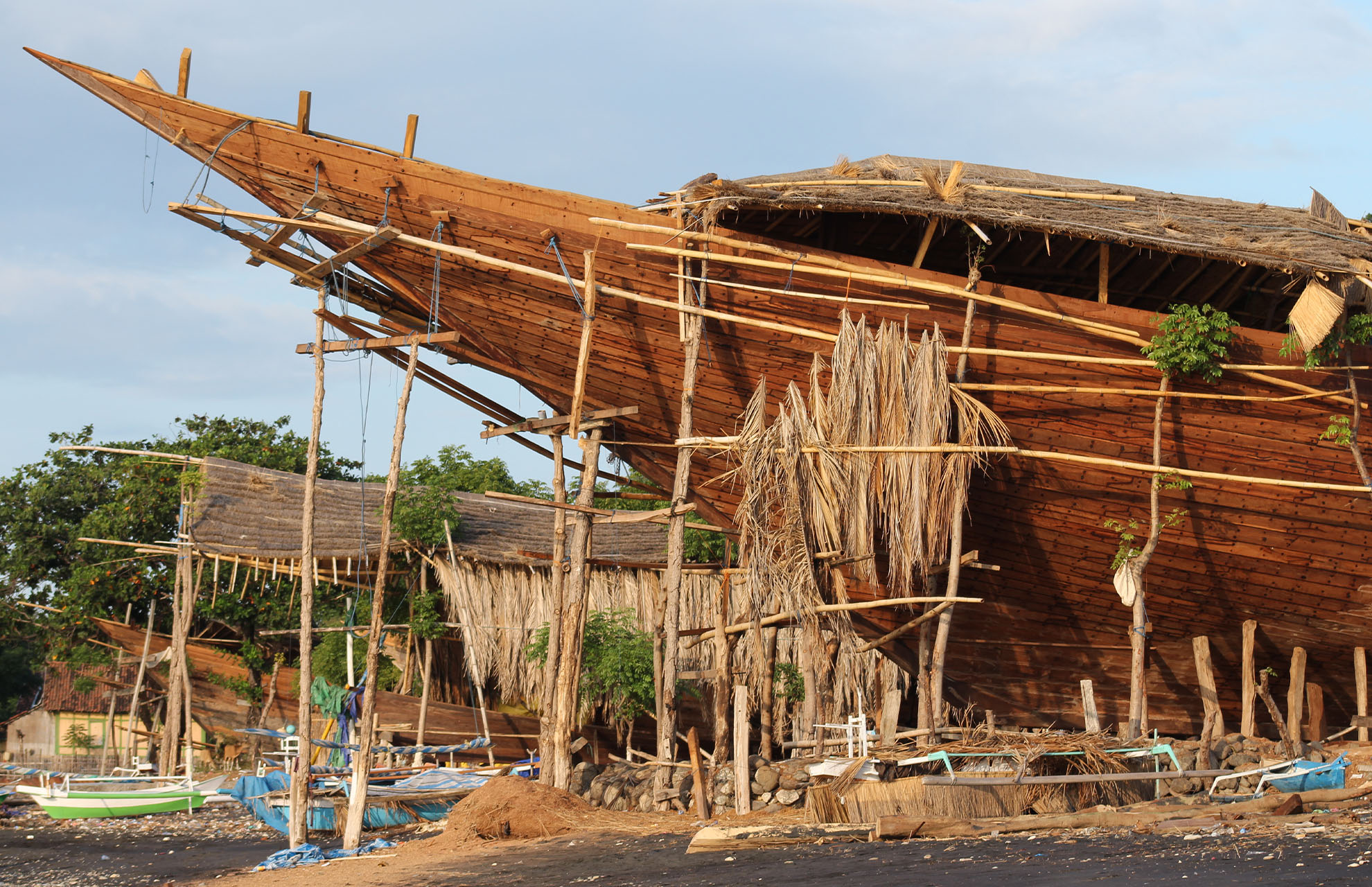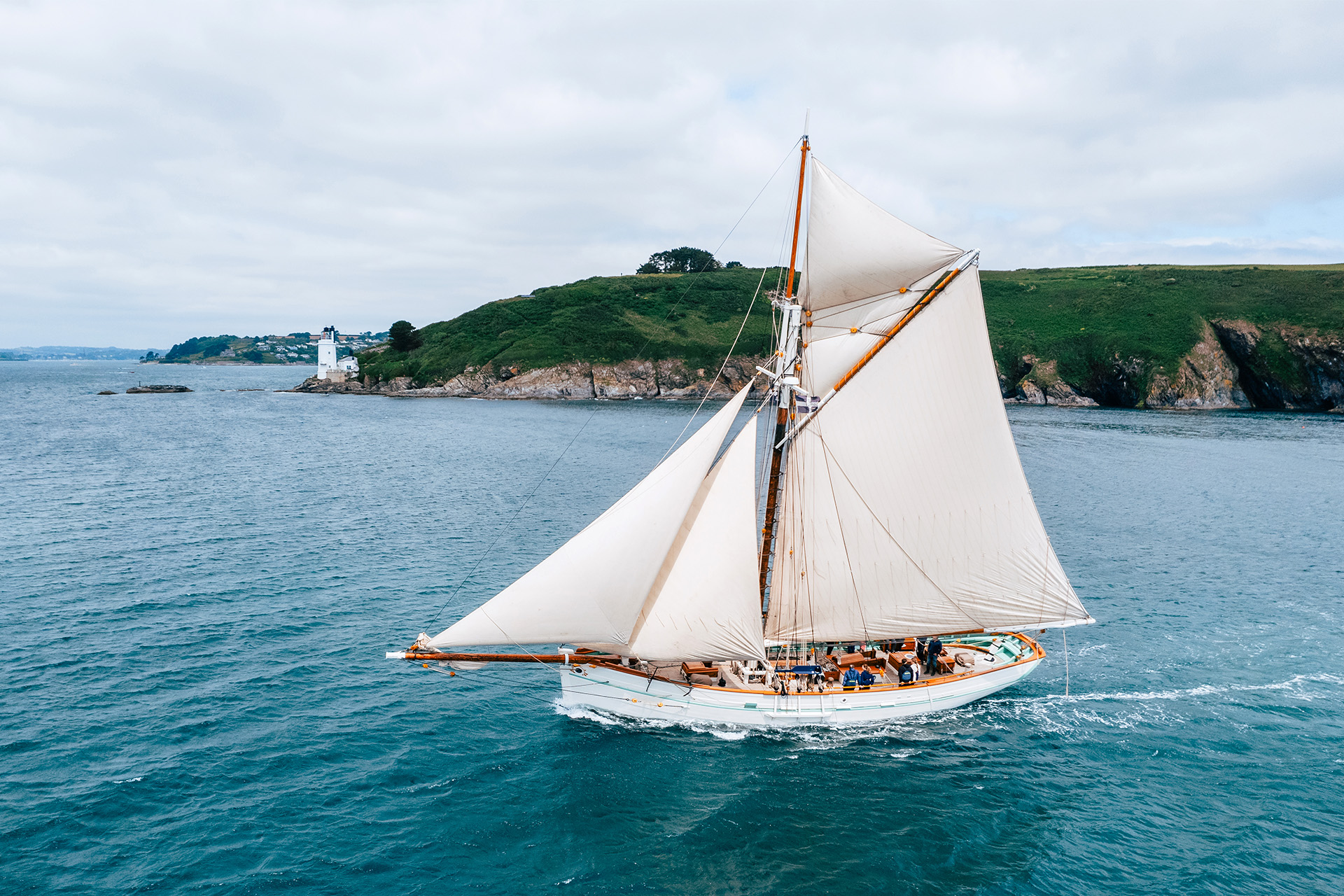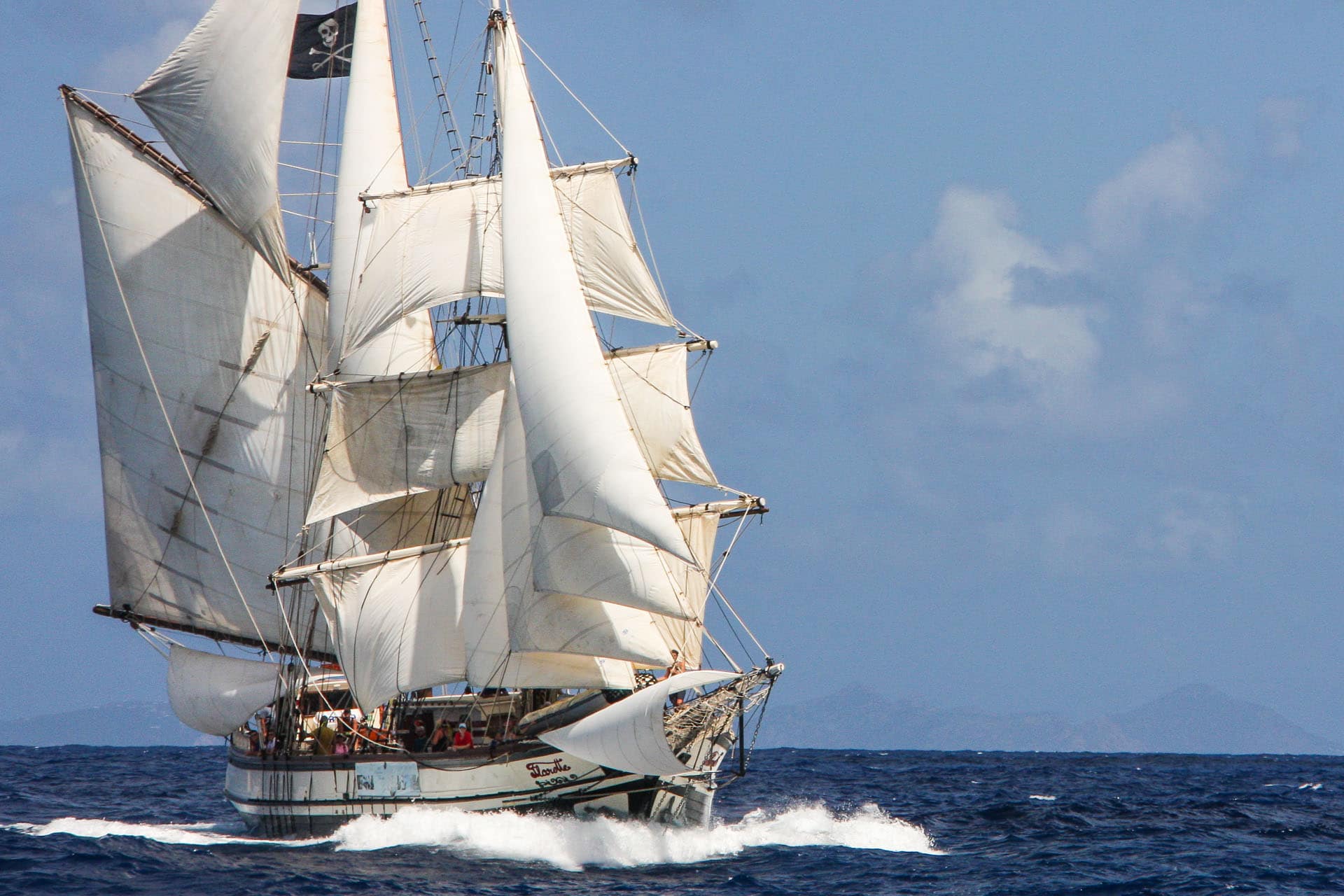
We’re all familiar with the infamous pirate names of Captain Hook, Captain Jack Sparrow, and Long John Silver and the sea-faring tales from wooden pirate ships, complete with cannons, flying the skull and crossbones at the top of the mast.
While we give thought to the storylines of their adventures, the pirate ship itself is little more than a prop. In reality, pirates would have had their lives shaped by the ship on which they lived, their days governed by the way she performed in heavy seas; their comfort determined by the layout of the interior, and the storage space for supplies. Such pirates have often sailed on a brigantine; a large, sail-powered vessel used in the 16th, 17th, and 18th centuries. This versatile sailing boat had many purposes in addition to piracy, such as trade, military operations and international exploration.
The Origin of the Brigantine
The origin of the brigantine is unclear, but it likely evolved from earlier medieval vessels such as galleons and caravels. Its design hinges upon increased speed and manoeuvrability, making it well-suited for both long voyages and combat operations. The brigantine was the top choice for merchants due to its speed, provided by an abundance of sail area spread over two-masts. The foremast supports a full square-rig and the mainmast has a rig with a gaff sail, square topsails and topgallant sails. In other words, around 2,600 sq. ft of sail area powered around 60-80 ft of hull, giving a top speed of around 8.2 knots – fast for a sailing ship of this size! It was able to sail with a skeleton crew of 12, which left plenty of space for cargo or treasure. Larger boats had room to sleep up to 125, essential for manning cannons and guns if needed for military operations.
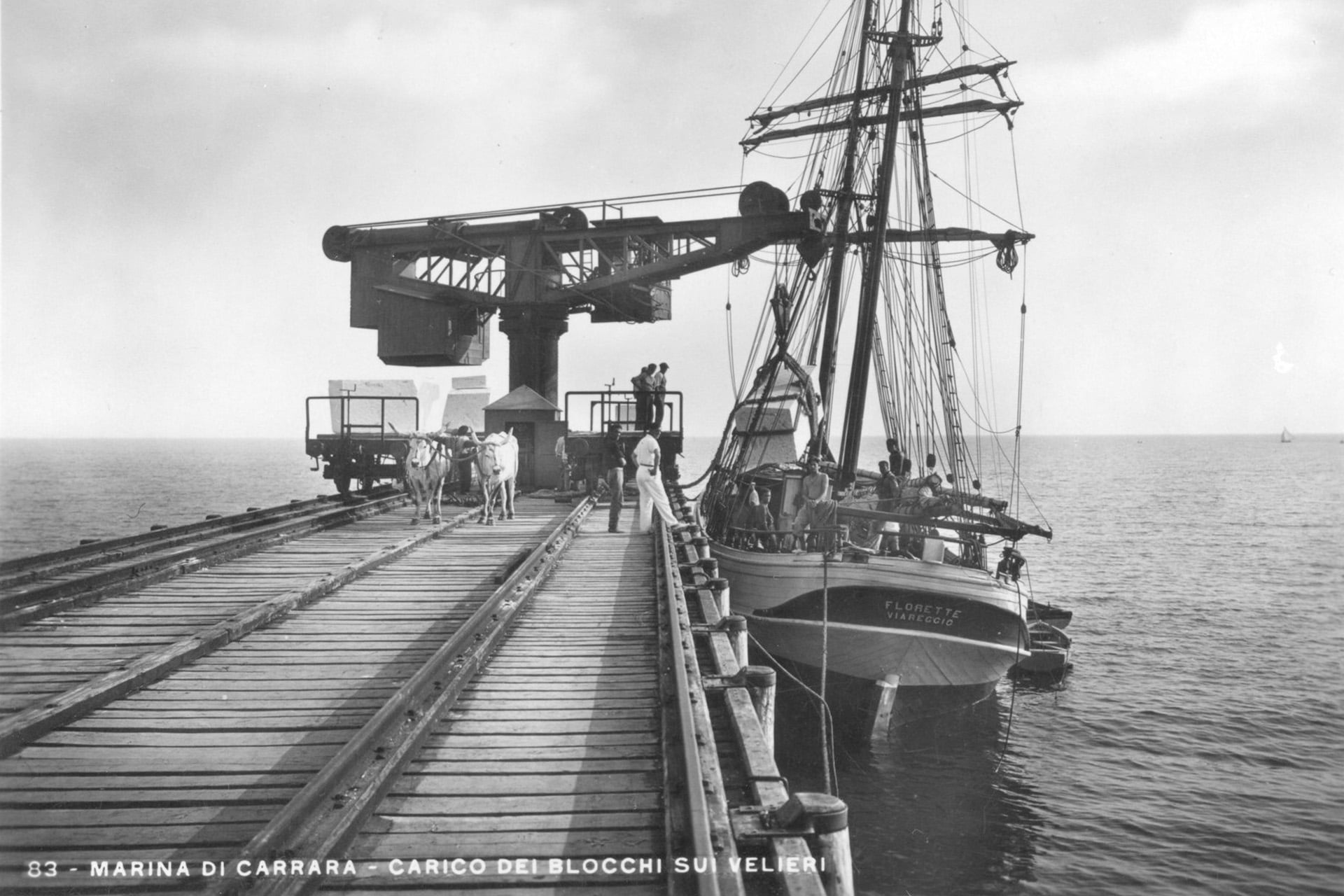
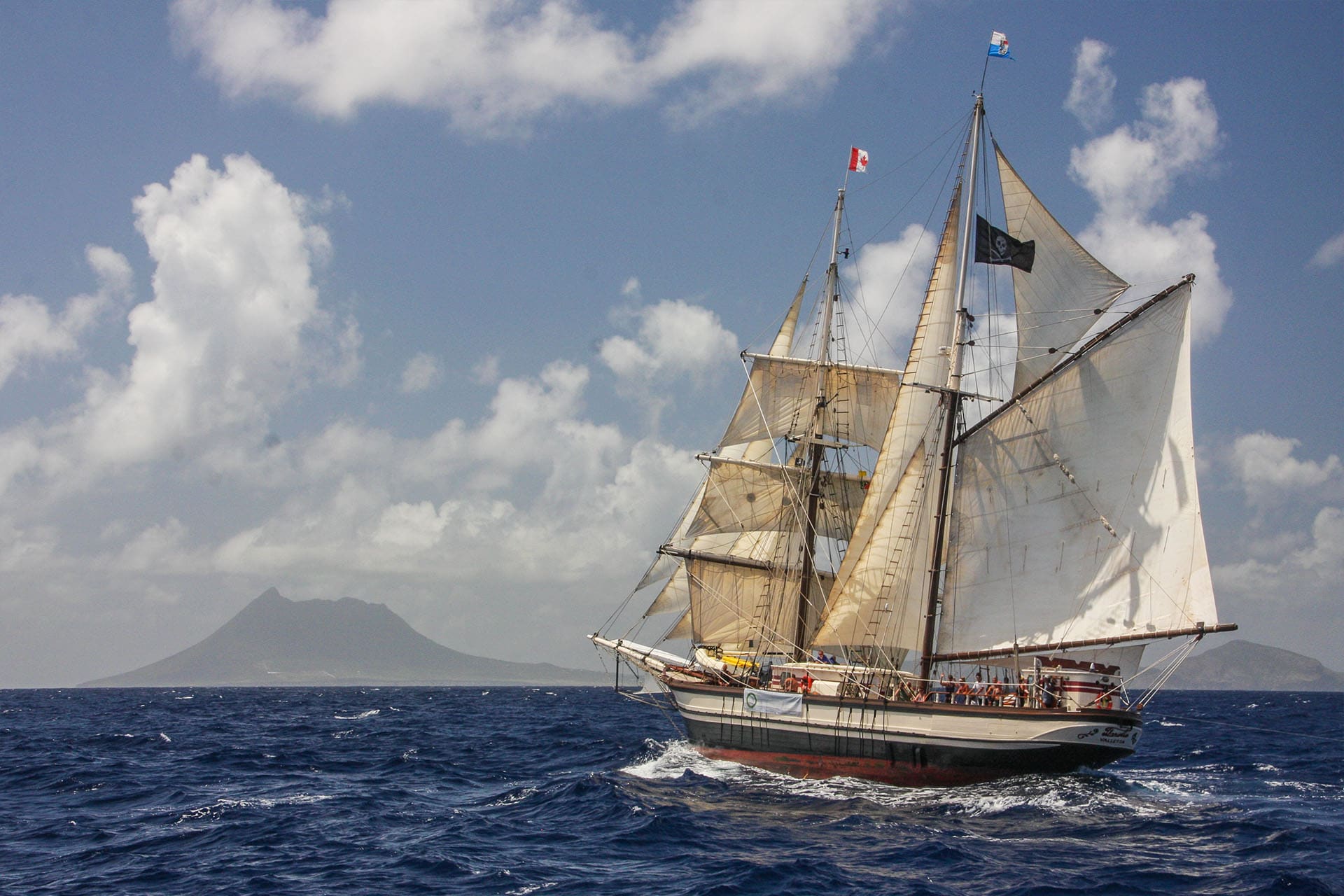
The military history of the Brigantine stretches back to the American War of Independence in 1783. They were privateers – essentially as pirate ships operating under the orders of a state or sovereign. They preyed on enemy merchant ships, disrupting trade routes in much the same way as independent, lawless pirates we think of today. After the war, many of these former privateers were converted to being merchant ships themselves. This allowed them to use their inherent speed and manoeuvrability to transport goods and people around the world.
The brigantine was popular among explorers, with its agile nature perfect for navigating across oceans and discovering countries during the Age of Exploration. The brigantine was well-suited to navigating through narrow waterways and exploring rugged, undulating coastlines. Pioneers who used brigantines included Christopher Columbus, who sailed the Pinta on his first voyage to the Americas in 1492. Francis Drake also sailed a small brigantine called The Elizabeth during his circumnavigation of the world in the 16th century.
The evolution of the Brigantine
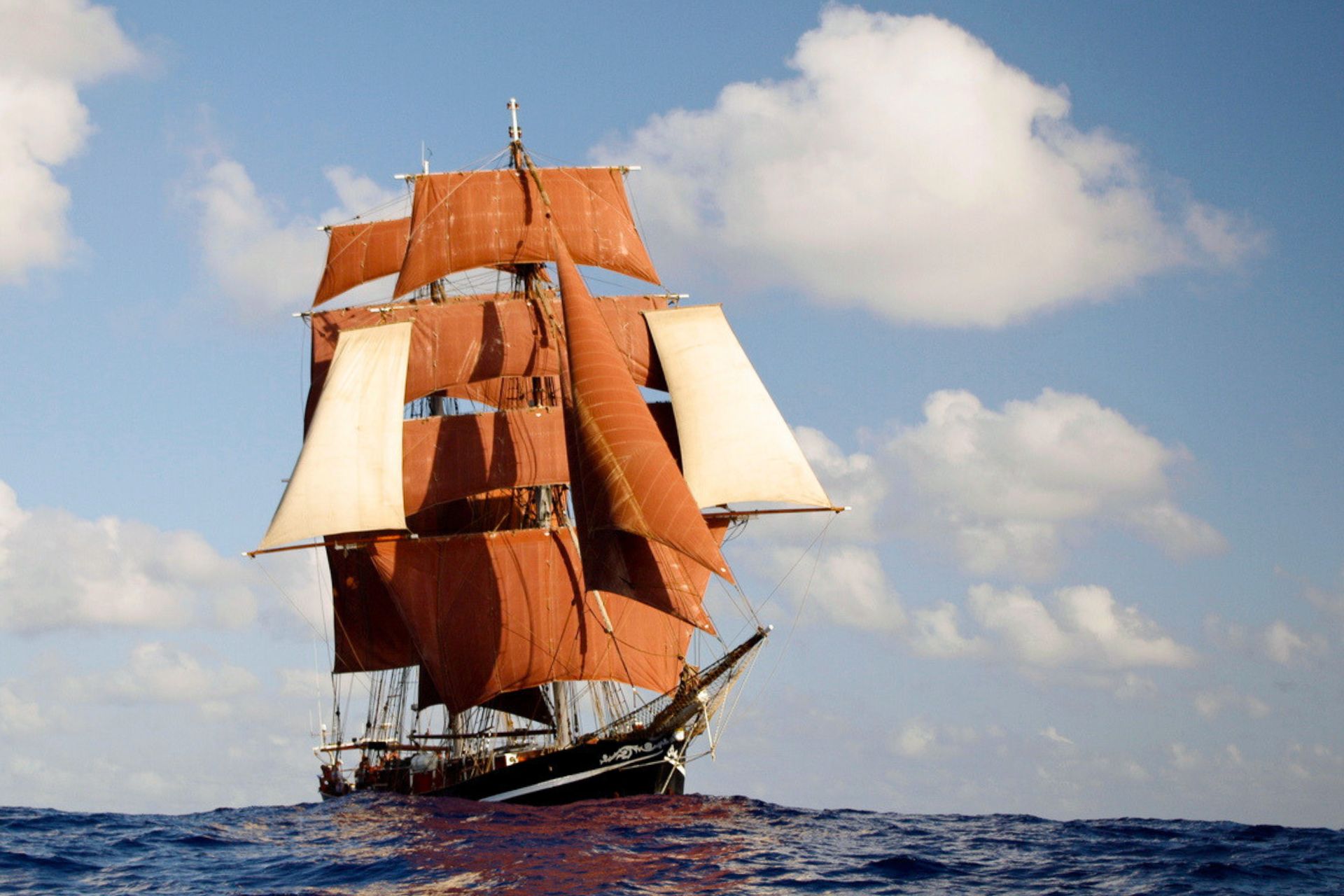
Over time, the brigantine design evolved, and by the mid-18th century, there was a split in nomenclature. A newly shortened term “brig”, referred to a smaller, two-masted ship with square-rigged sails on both masts, rather than just the fore-mast. Eye of the Wind is one such boat, built in 1911 as a schooner, now rigged as a brig with square sails on both masts. Brigs became popular among traders and privateers as they were able to operate with a smaller crew than a brigantine. Both boats co-existed for another century or so before ultimately being replaced by both schooners, and later on, steam ships.
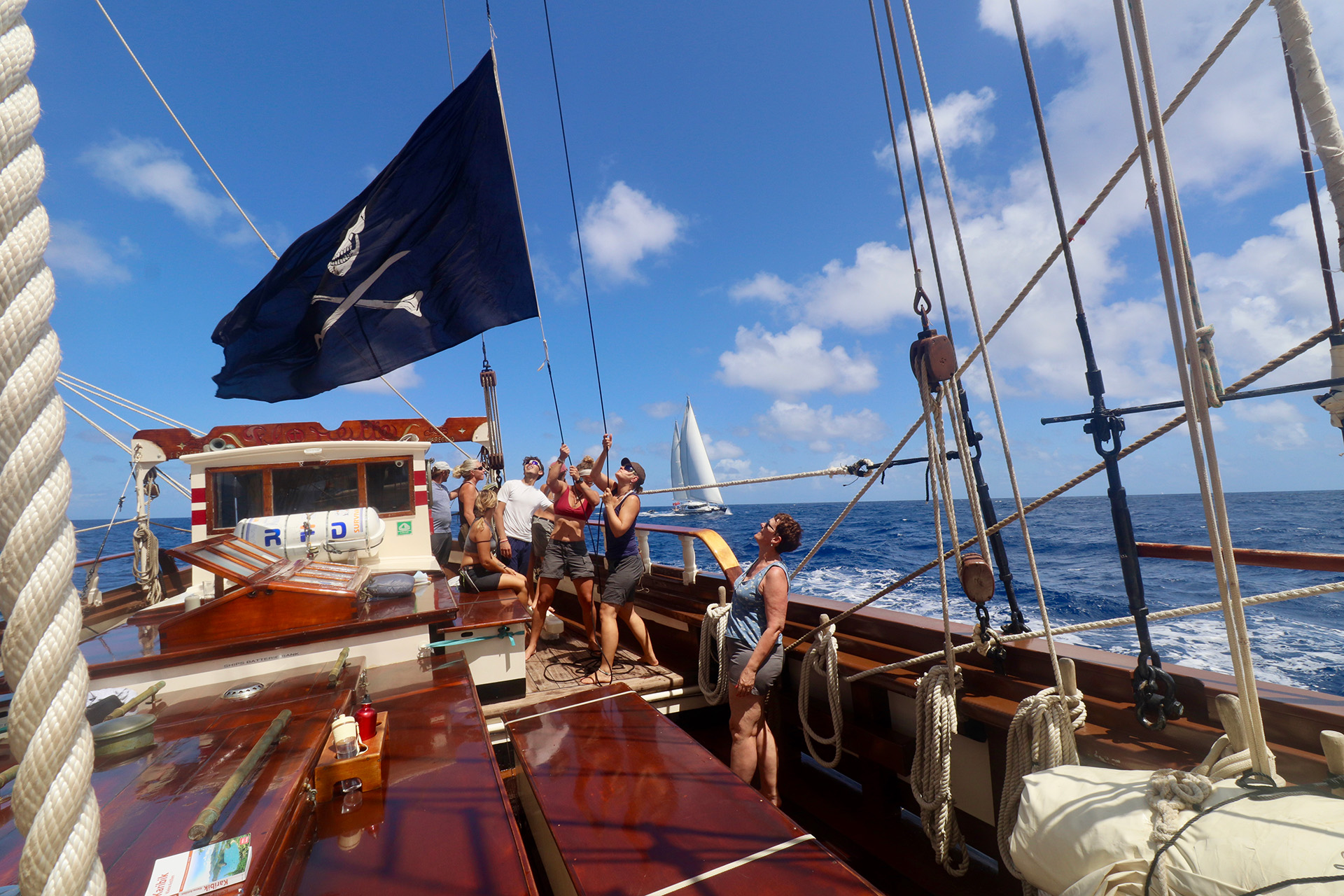
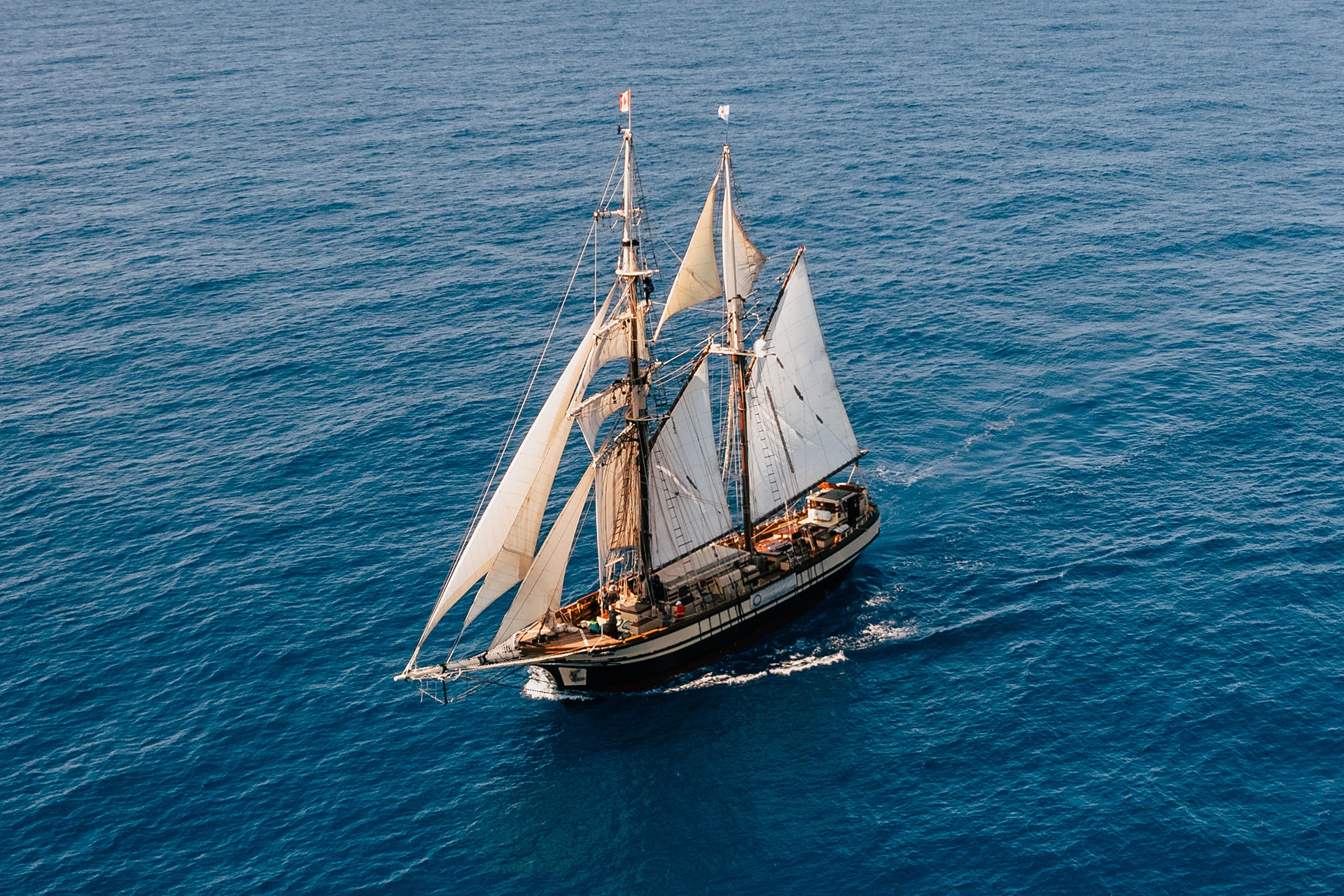
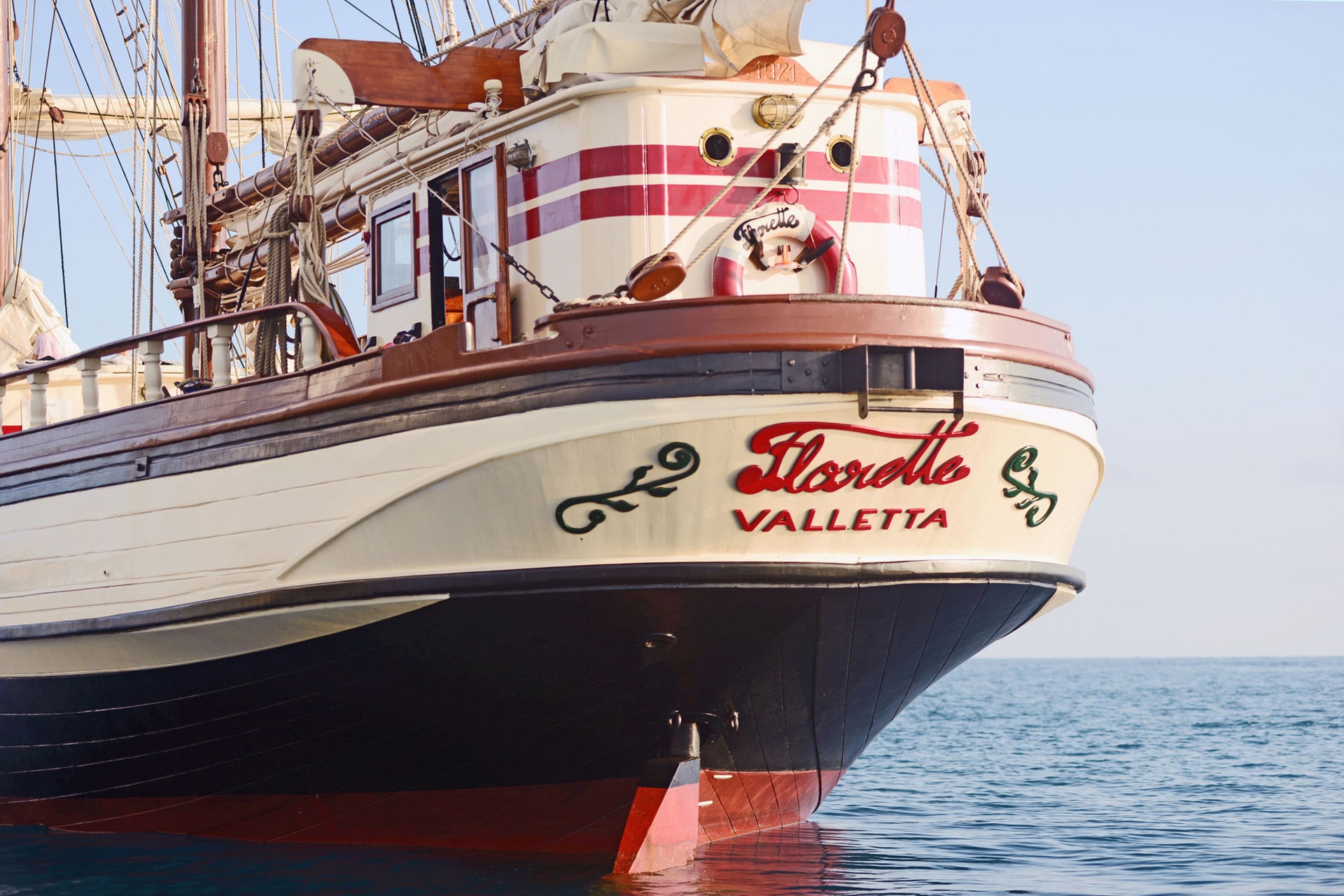
By the late 19th century, brigantines were seen as an old fashioned way of sailing, and fell out of use commercially. However, the last few original brigantines were still being built in the early 20th century. Replicas have been built since then – many of which are still in use as charter boats today. One such brigantine is the beautiful Florette. Built in Italy in 1921 to serve as a cargo ship, Florette is now part of the VentureSail fleet, offering sailing holidays from the Med to the Caribbean. The history of brigantine Florette is fascinating, with active service in WW2, and adventures all over the globe. As the last originally built Mediterranean brigantine still sailing today, Florette is a true piece of maritime history.
Sailing on these historical vessels is more than just a holiday; it is an opportunity to embrace the authenticity of a bygone era. As you step aboard, you become part of a living legacy, connecting with the spirit of seafaring that has endured for centuries. Book your voyage and embark on an extraordinary journey through time – no swashbuckling or pillaging experience required!

